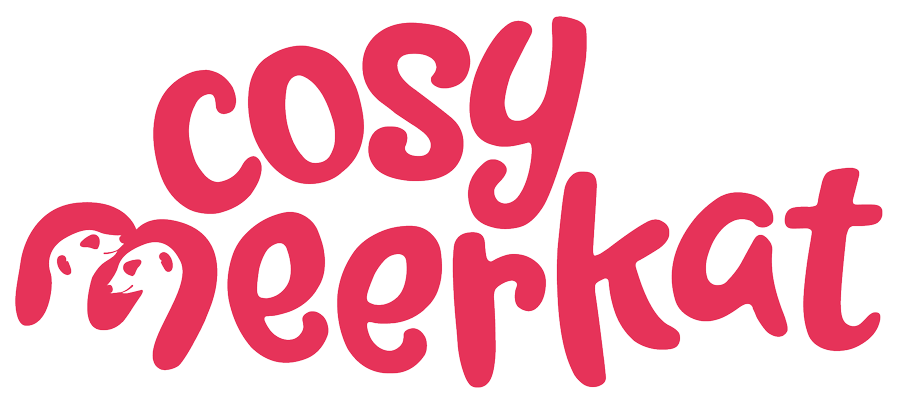Exploring the benefits of AI-powered internal comms tools
When ChatGPT burst onto the scene at the end of 2022 it was clear it was going to have a seismic impact on the world of work – we just didn’t know what that would look like. A year and a half on and, in reality, we still don’t. What we do know is that the AI boom is showing no sign of slowing down. At Cosy Meerkat we believe Internal Comms needs to embrace AI. That’s not to say we don’t have our concerns, more that we accept it’s here to stay and believe it’s better to understand it, rather than stick our heads in the sand. That’s why this blog is all about how Internal Comms pros can use AI to make their working lives easier.
The different kinds of AI tools
ChatGPT and the other similar large language models which came after it are essentially super sophisticated chatbots and virtual assistants. While they might have grabbed the headlines, more general AI has been in everyday use for some time. Just think of your phone: image recognition categorises your photos and speech recognition transcribes what you dictate. Both are forms of AI. Our social media platforms are hyper-personalised, loaded with content that’s interesting to us – also AI. And tools like Google Translate (great for when you go on holiday) have been around for years.
In the workplace though, use of AI has lagged behind. Not so anymore. According to Gallagher’s 2024 State of the Sector report, seven in ten (68%) Internal Comms pros think AI will have an impact on how we work in the next five years and six in ten (60%) said they were already using it – either experimenting or developing their own solutions.
How AI might help Internal Comms
So, what could AI be used to help us do?
1. It can free us up to value add. Most Internal Comms people say they don’t have enough time or resources to do their jobs as well as they might like. Using AI tools that automate administrative tasks can free us up to focus on more complex (and satisfying) activities. Internal Comms as a function should become more productive and efficient as a result.
2. Hyper-personalising our comms. As we said before, this has proved highly successful on our personal social media channels and it’s now beginning to cross over into the workplace. AI and machine learning can be used to analyse user activity, understand employee interests and predict future engagement. Data gathered can allow you to then create segments based on locations, job functions, departments, etc, with recommendations for what type of content employees are most likely to engage with. Essentially, it will allow you to deliver the right content to the right people at the right time, using the right channel.
3. Improve employee engagement. AI can identify patterns and provide insights from survey data or the interactions people have on your social platforms. It’ll help you understand employee sentiment, preferences and concerns in real time, enabling the business to address issues and come up with new employee experience initiatives you know will be appreciated.
4. Improve accessibility, particularly for businesses with teams in different countries. AI-powered translation tools can automatically translate messages, conversations, documents and presentations, meaning anyone can access reports regardless of the language they speak.
Now that we’ve outlined the positives, we should say that no-one should be going in gung-ho. It’s important we understand what AI isn’t so good at (yet), as well as what we believe it should never be allowed to do. Companies need to have policies in place so that everyone they employ follows the same processes, rules and ethical code. In particular, we need to be mindful of:
· Data security – protecting sensitive information from breaches (often by staff experimenting with tools like ChatGPT!).
· How it integrates with existing tools and platforms.
· Potential bias stemming from biased data or algorithms.
· And last, but definitely not least, the lack of the human touch. AI cannot replicate emotional intelligence or creativity and always needs human oversight.
If you look again at Gallagher’s findings, it does seem that communicators who are using AI feel more positive about its potential for reducing workload. So even if you are afraid of what it might mean for us humans, if you want to be prepared – and less afraid – the best thing you can do now is learn.
Seek out training opportunities so you understand its limitations and potential, learn what it can do for you. And, if you do experiment, make sure you assess and measure its impact, gathering feedback to be sure it really does make people’s working lives easier. The future is already here and Internal Comms has to embrace it. We aren’t experts (yet) but we’re curious to learn – so do get in touch if you’d like to chat about AI and your business.
